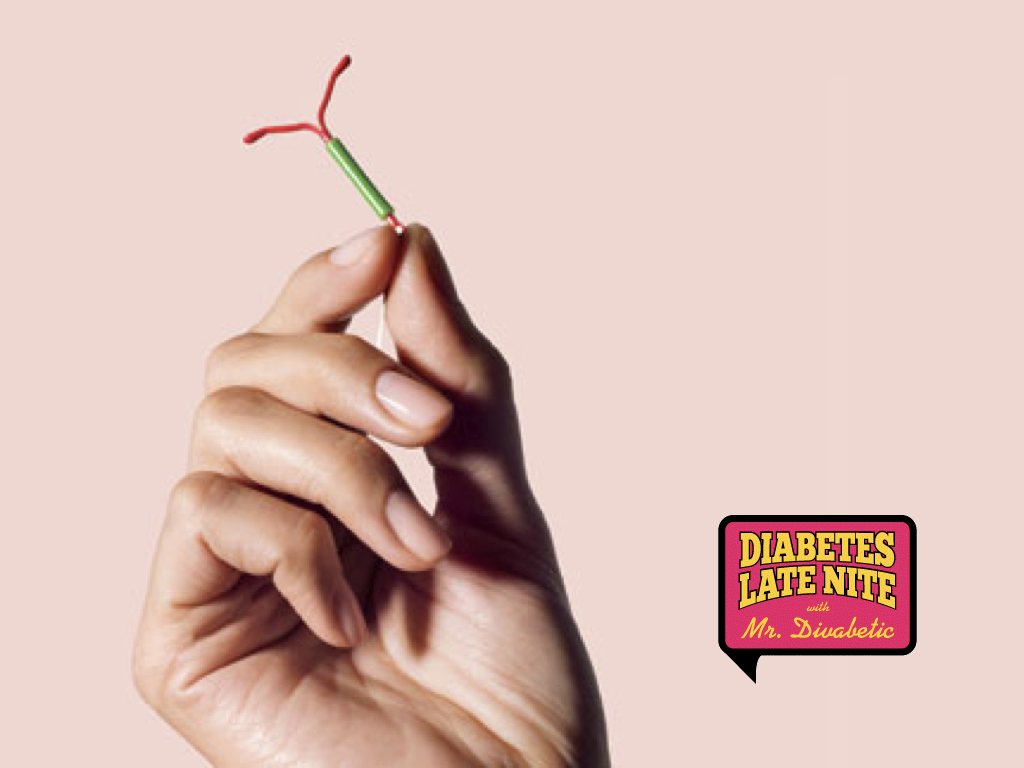18-year-old Félicité Tomlinson reportedly passed away from a heart attack/cardiac arrest. A person in the apartment called for an ambulance, but paramedics pronounced her dead at the scene after failing to revive her. She was the sister of One Direction singer Louis Tomlinson, the oldest of seven siblings.
Her shocking death comes days after former Miss Teenager Universe Lotte van der Zee passed away at 20 after suffering a sudden cardiac arrest the day before her birthday.
Why would young women who seemed healthy die that way so suddenly?
According to HollywoodLife, Dr. Reed Wilson, a Beverly Hills GP and cardiologist stated, “a heart attack is caused by a blocked artery to the heart. The part of the heart that is supplied by the blood vessel dies and no longer pumps. If the area is small enough the individual can do very well. If it is a large area and there is no longer enough heart to pump, the patient can die. The most common deadly problem following a heart attack are abnormal heart beats that result in deadly arrhythmias and ultimately cardiac arrest where the heart stops.”
Since there were reportedly no warning signs, one can’t help wondering if a defect that went undetected?
Dr. Wilson states “some young adults can be born with abnormalities of the coronary arteries that can lead to sudden death. The heart has two arteries, a right and a left (the left immediately splits into two). But some individuals have just one that supplies the whole heart, while others have arteries that travel in strange directions to get to the heart. Both of these can lead to heart attacks.
EDITOR’S NOTE: A heart attack is when blood flow to the heart is blocked, and sudden cardiac arrest is when the heart malfunctions and suddenly stops beating unexpectedly. A heart attack is a “circulation” problem and sudden cardiac arrest is an “electrical” problem.

On March’s Diabetes Late Nite podcast we spoke to Patricia Addie-Gentle RN, CDE about the findings from a recent study the more young women are having heart attacks.
The study states that the proportion of heart attack–related hospitalization rates for women ages 35 to 54 increased from 21% to 31% over the last two decades.
Scientists can’t say for sure what’s causing an increase in heart disease among young women, but they do have some ideas. Last month’s study found that not only had hospitalization rates for heart attacks increased among young people since 1995, but that hypertension and diabetes rates had increased as well. The young women in the study were also more likely to be black than the young men, suggesting that heart disease is hitting young black women especially hard.
Another interesting finding was that, compared to the young men in the study, the young women were less likely to have previously been treated for conditions like high blood pressure, high cholesterol, or stroke. This suggests that women are being under-treated this link opens in a new tab for heart disease risk factors, wrote Viola Vaccarino, MD, PhD, an epidemiologist at Emory University, in a commentary published along with the study. Prevention guidelines may also underestimate risk among this age group, she added.
It’s also interesting to note that the estrogen in birth control pills and in hormone patches, implants, vaginal rings and injections can cause an increase in blood clotting, which could result in a heart attack. However, that risk is still very small for most women, especially for those under 35 who do not have other risk factors for heart disease, such as smoking or obesity.
Divabetic will presenting the first-ever Diabetes & Heart Health Escape Room Experience: Clued Inn on Diabetes Alert Day, Tuesday, March 26, 2019 in New York City. Currently we have over 150 pre-registered for Clued Inn but there’s still room for you and your friends to participate! Register now at CluedInn.org.









